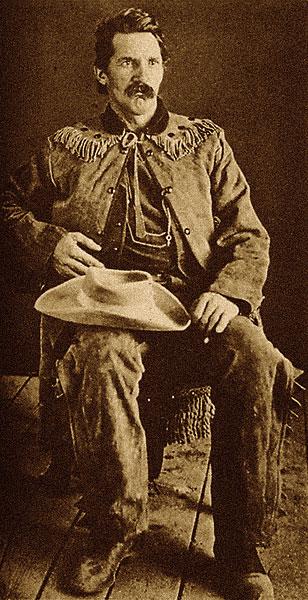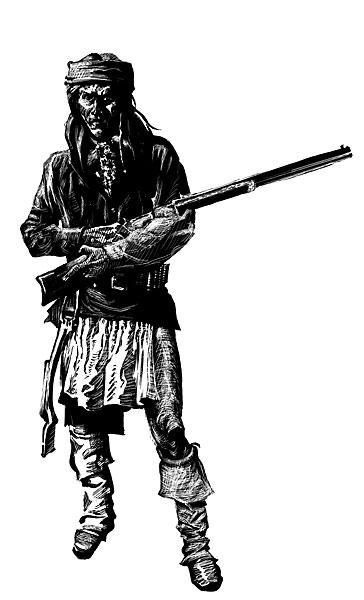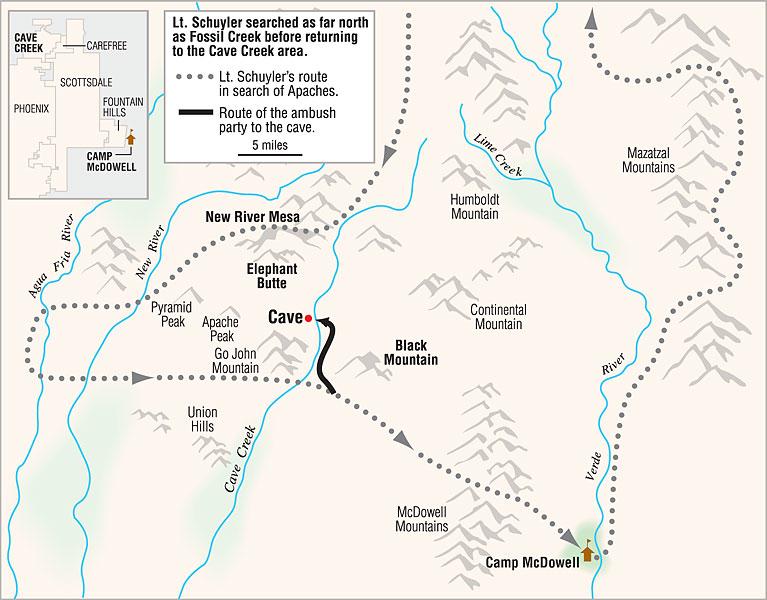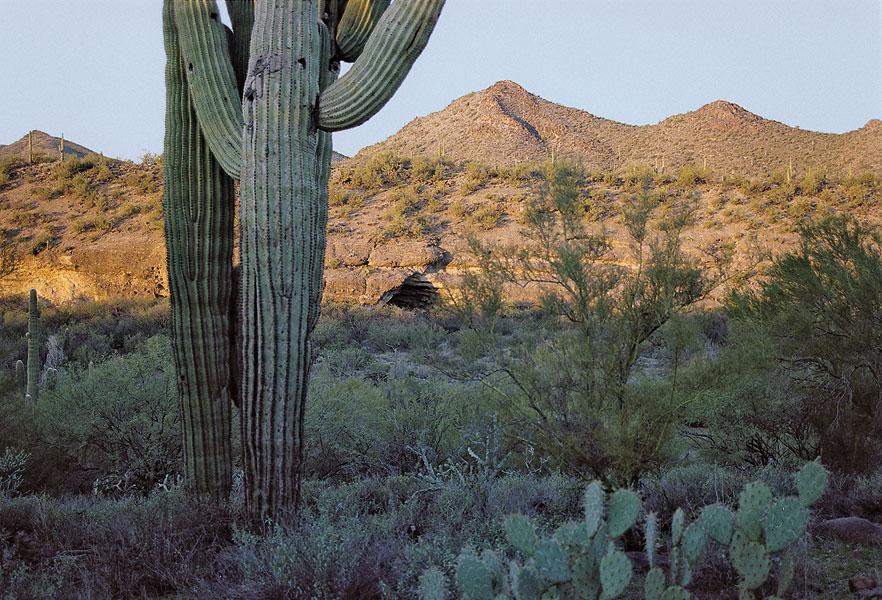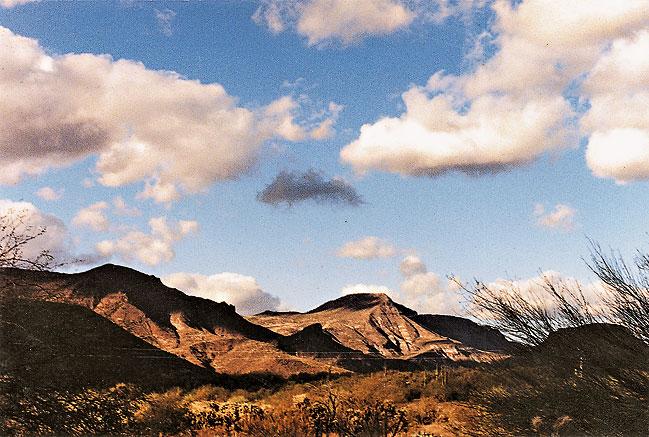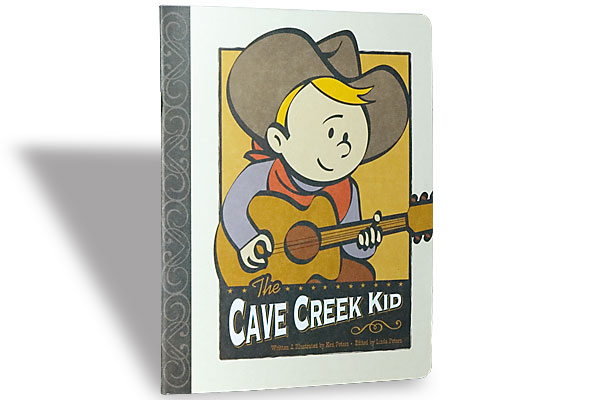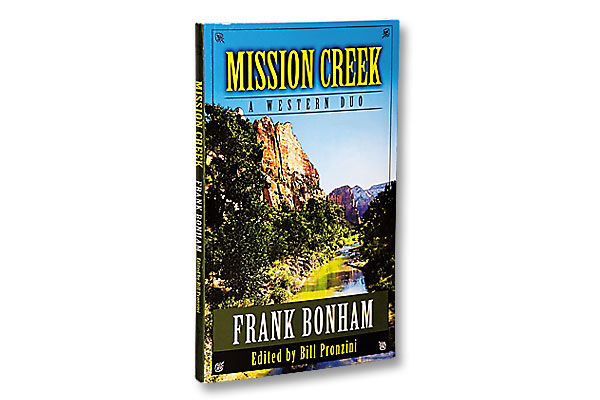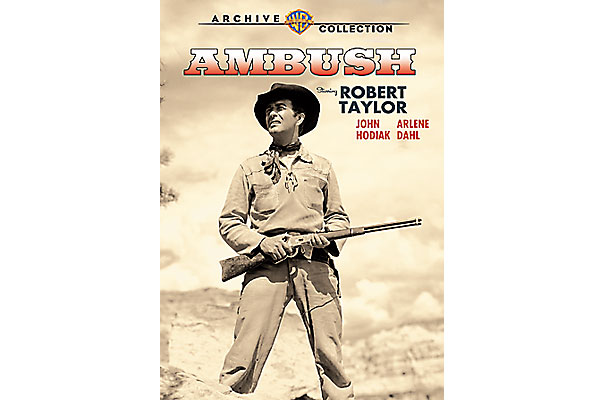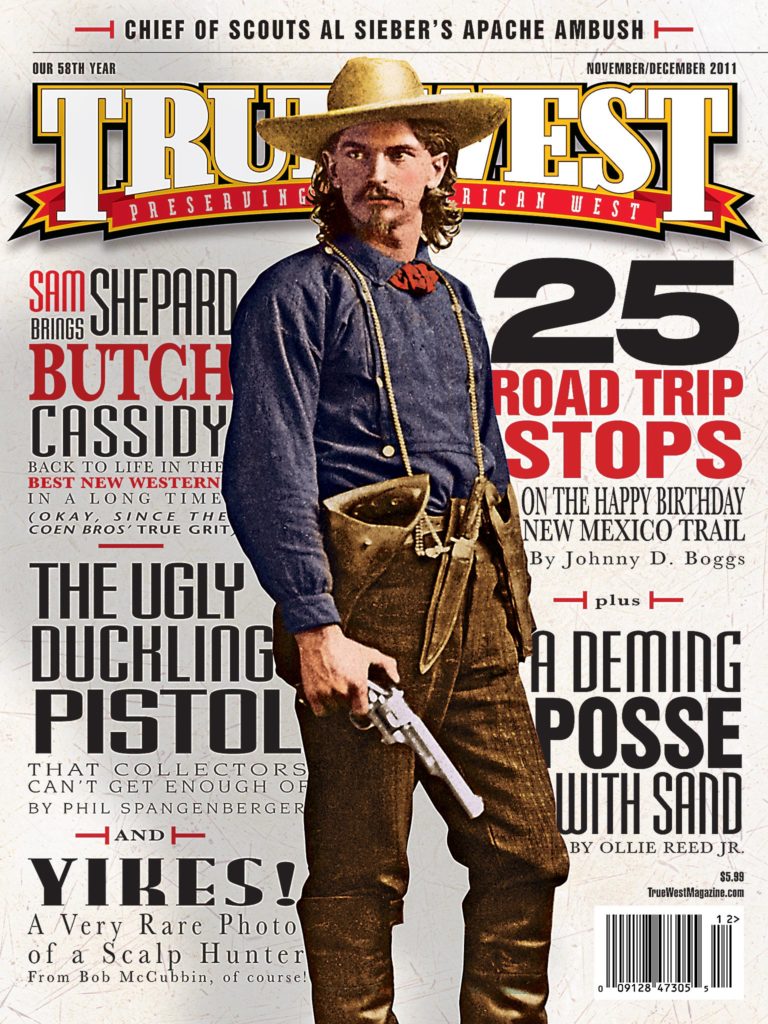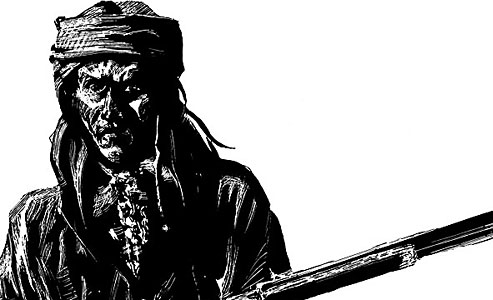 December 22, 1873
December 22, 1873
Stationed at Camp McDowell, northeast of Phoenix, Arizona, a unit of the 5th Cavalry, led by Lt. Walter S. Schuyler, has been on the hunt since December 1, looking for bronco Apaches (Indians who have left the reservation).
Under Schuyler’s command are 11 enlisted men, 25 mules carrying supplies and ammunition, numerous civilian packers and 14 Indian scouts led by Chief of Scouts Al Sieber.
The party scouts east of the Verde River and north of the fort, finding nothing. Crossing to the west side of the river, the patrol heads southwest, and some of the Apache scouts climb New River Mesa to get a look at the surrounding area. They find fresh signs of Tonto Apache activity.
After a cold night on the mesa above Elephant Butte, the scouts track signs down Cave Creek to a cave on the west bank of the stream. The scouts locate 11 wickiups (brush huts) “cleverly concealed” and hugging the cliff wall.
The scouts report their find to Lt. Schuyler, but he is afraid the hostile Tonto Apaches have already spotted the troops. If his force attacks straight on, the Apaches may escape into the rough hillocks northwest of Black Mountain.
Schuyler decides to guide the troop train westward to the Agua Fria River, making it appear the soldiers haven’t seen the renegade enclave.
After a day in camp, the troops openly march eastward along Camp McDowell Road (south of the present-day Carefree Highway). Schuyler is gambling the Apache lookouts, who are surely watching, will assume the soldiers are heading back to the fort. He is correct.
A few days before Christmas, Schuyler, Sieber and the Apache scouts quietly creep up alongside Cave Creek until they are opposite the Apache camp.
Once the first rays of morning break across the sky, the ambush party opens fire from its rocky concealment, killing nine Tontos.
An untold number of Indians flee in panic and escape, as the soldiers burn several tons of food.
Aftermath: Odds & Ends
Lieutenant Walter S. Schuyler and his troops returned to Camp McDowell the next day. Several more skirmishes were fought in the Cave Creek area until the Apaches were successfully corralled on reservations. The last skirmish of the Apache Wars fought in Arizona was in 1882, but that’s another Classic Gunfight.
***
Several years ago, a group of Apache War buffs came to Cave Creek, armed with the lieutenant’s report and a couple metal detectors, and they scoured the famous cave for which Cave Creek is named. At previous Apache battle sites the buffs had visited, such as Horseshoe Canyon and Dragoon Mountain’s South Pass, they discovered numerous bullets and casings. Unfortunately, they didn’t find any bullets in the biggest and most well-known Cave Creek cave. The army report doesn’t specifically name the cave the battle was fought in (several other caves are in the area, but none are big enough to hold nine huts), and so it remains a mystery as to where the December fight took place.
Recommended: The Indian Frontier, 1846-1890 by Robert M. Utley, published by University of New Mexico Press.
</p>”</p>”</p>”
Photo Gallery
– Courtesy Sharlot Hall Museum –
Apache males caught off the reservation were shot on sight, according to U.S. Army operating procedure. The Apaches, off the res, practiced the same unforgiving policy going the other way. In recent times, Apache motives have been diluted to suit political correctness, but we did not name an attack helicopter after them because of their beadwork.
–Bob Boze Bell illustration–


